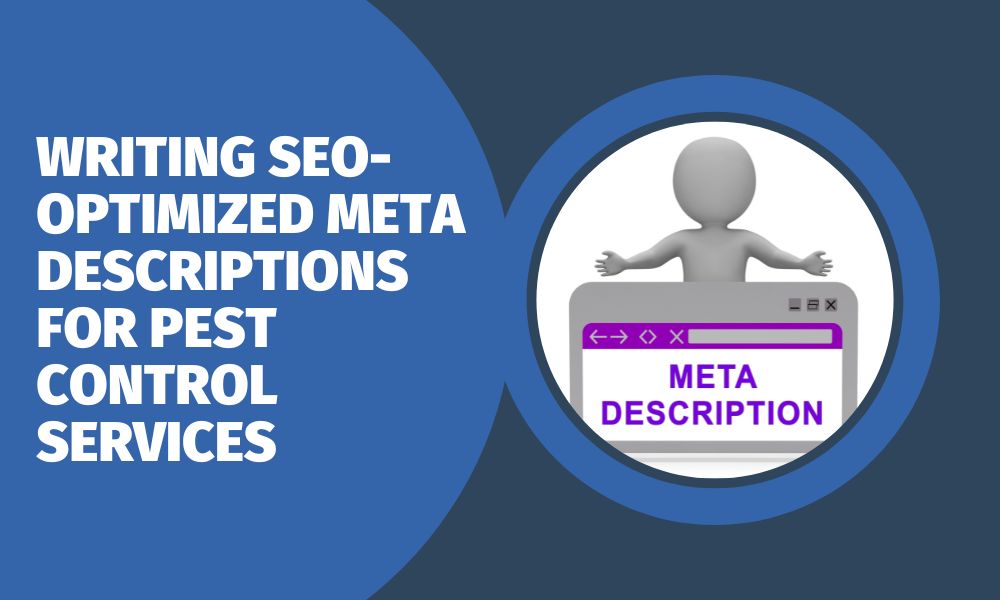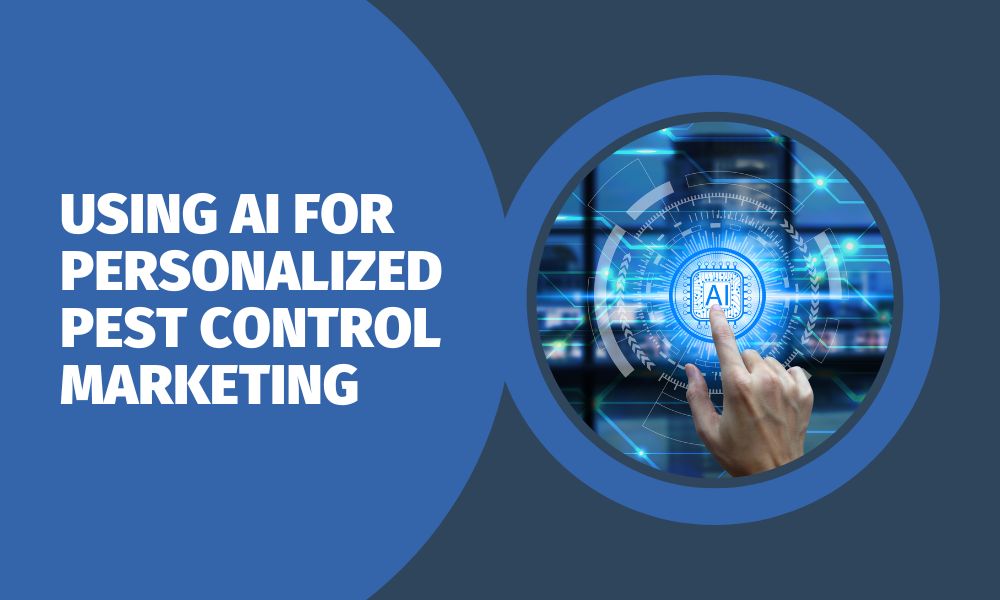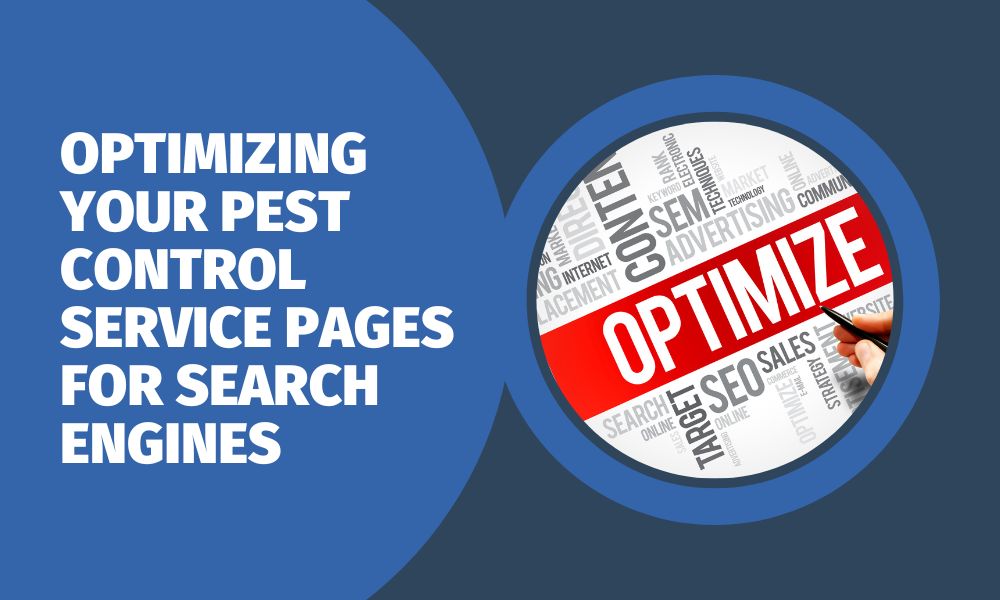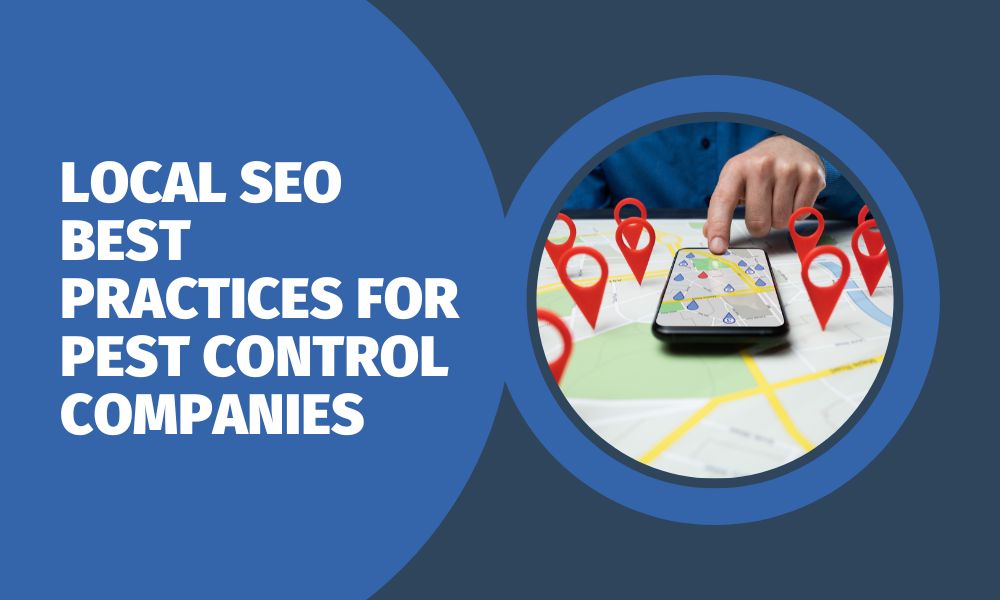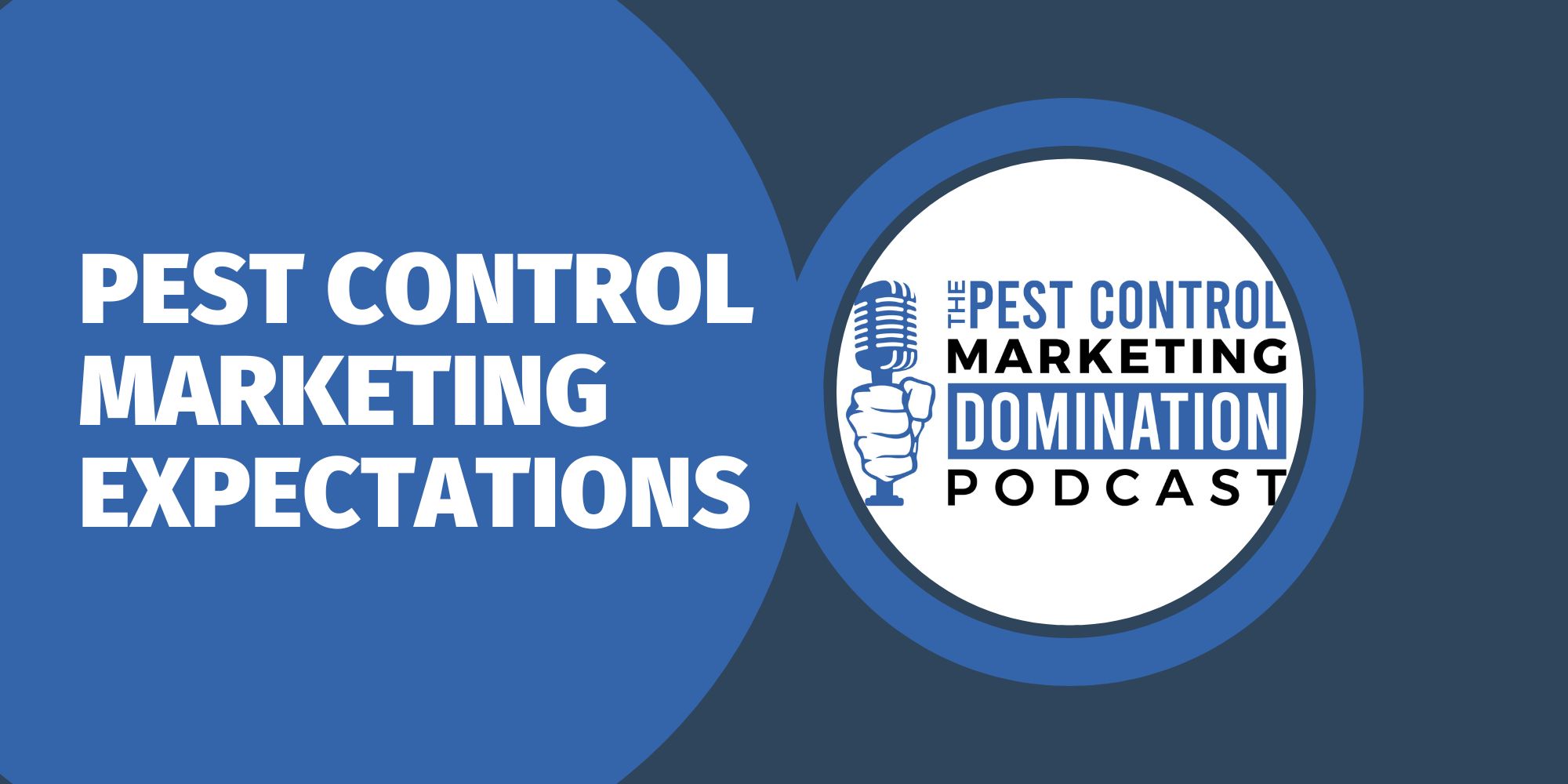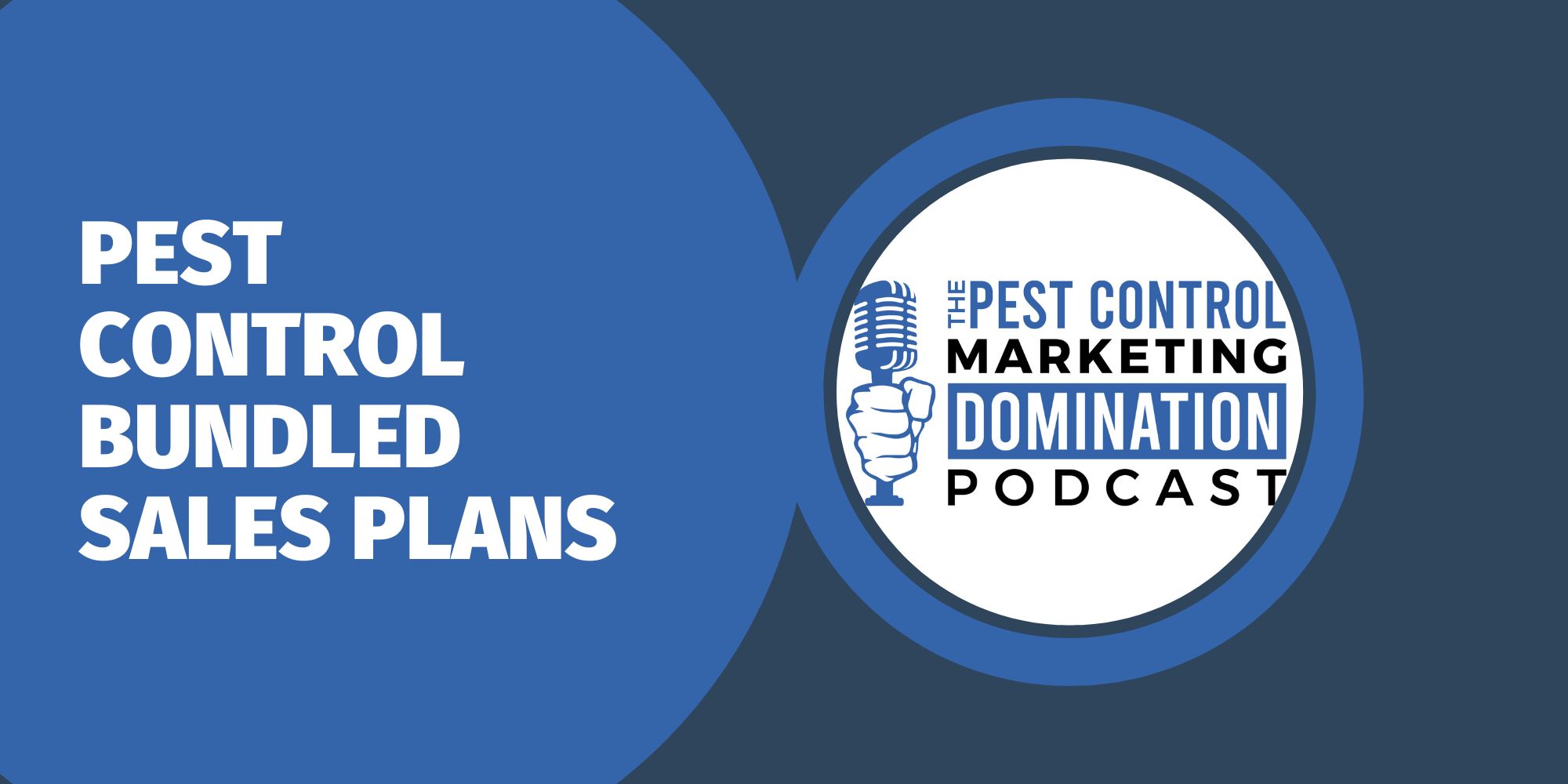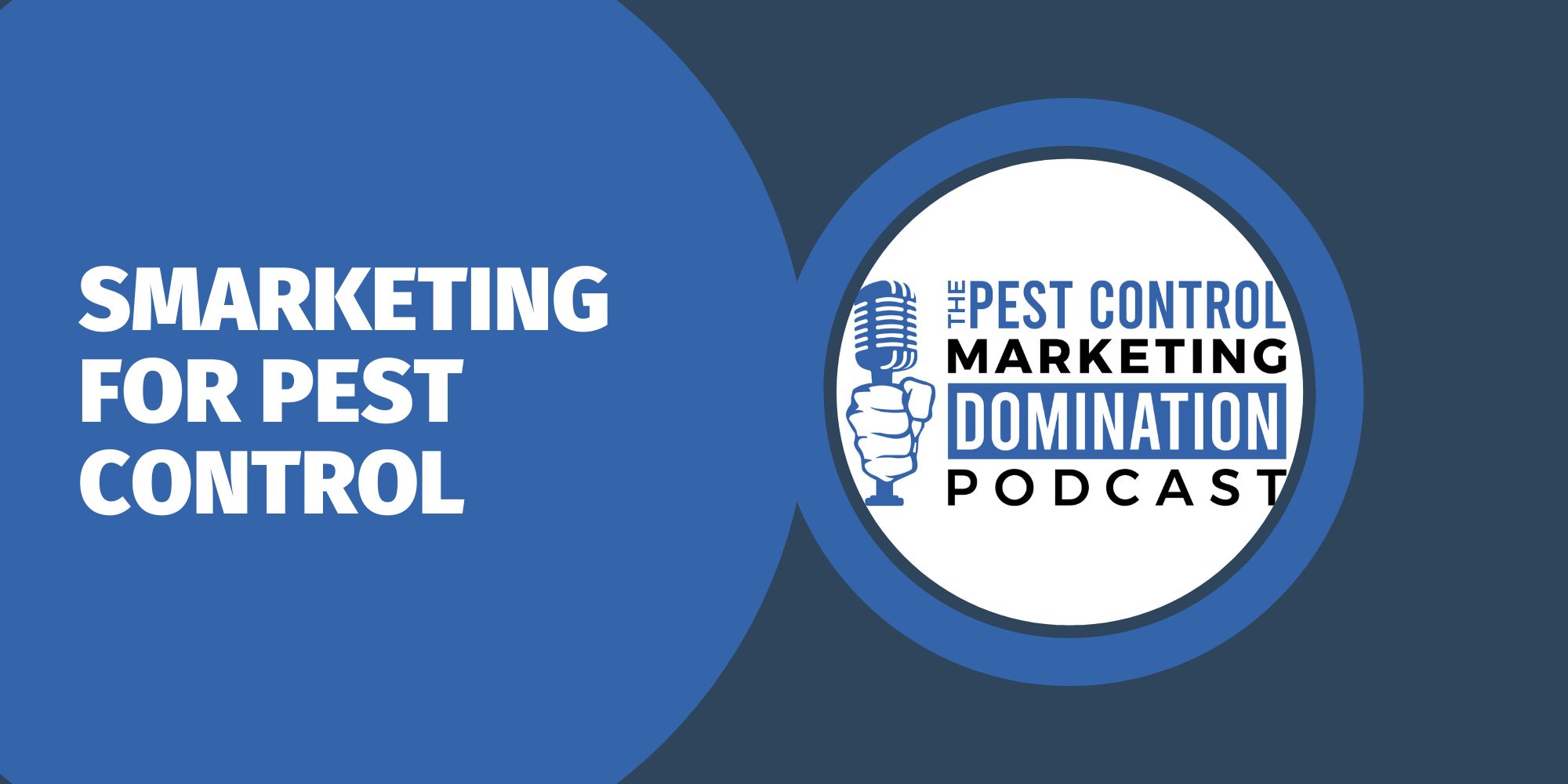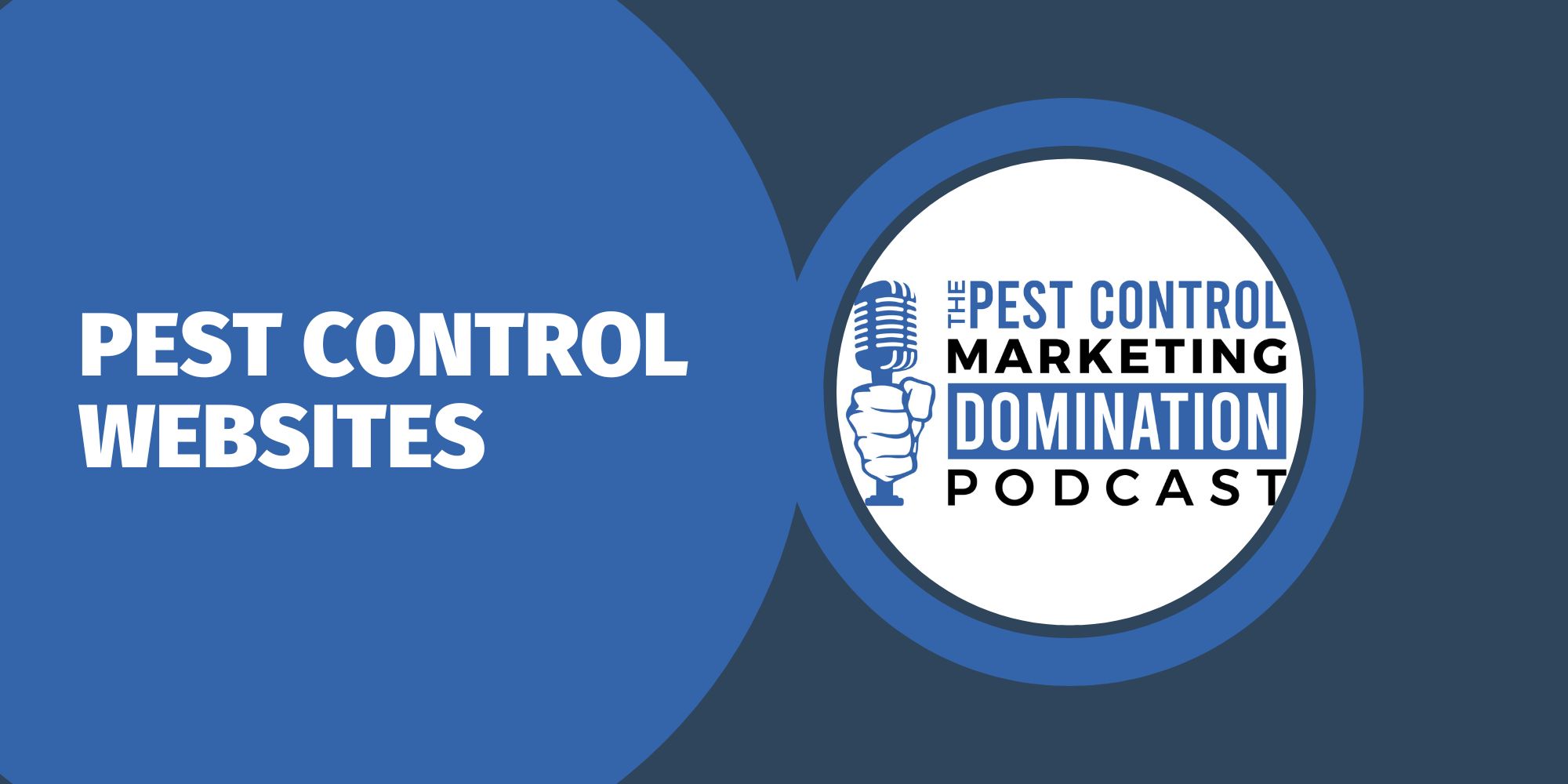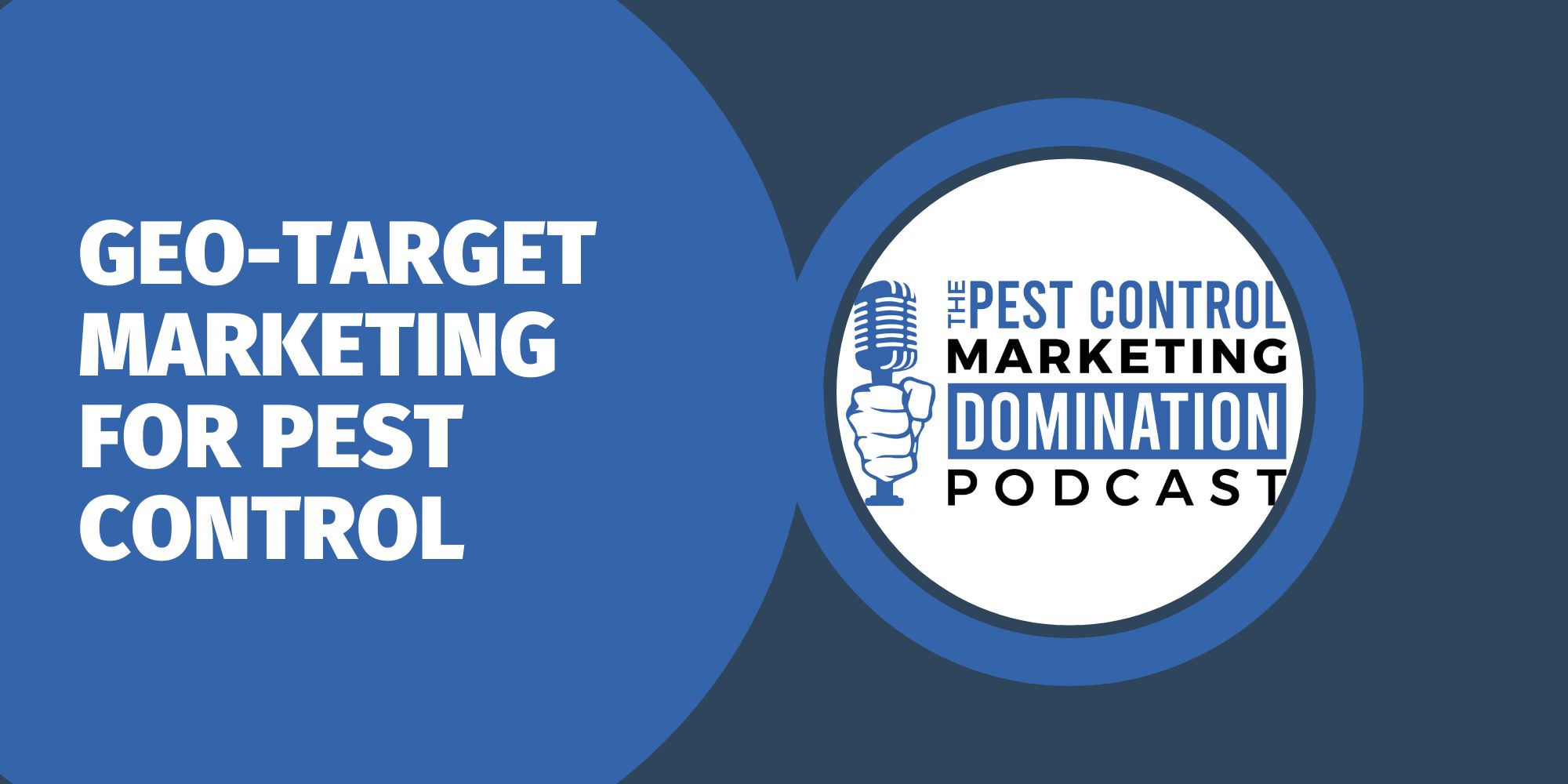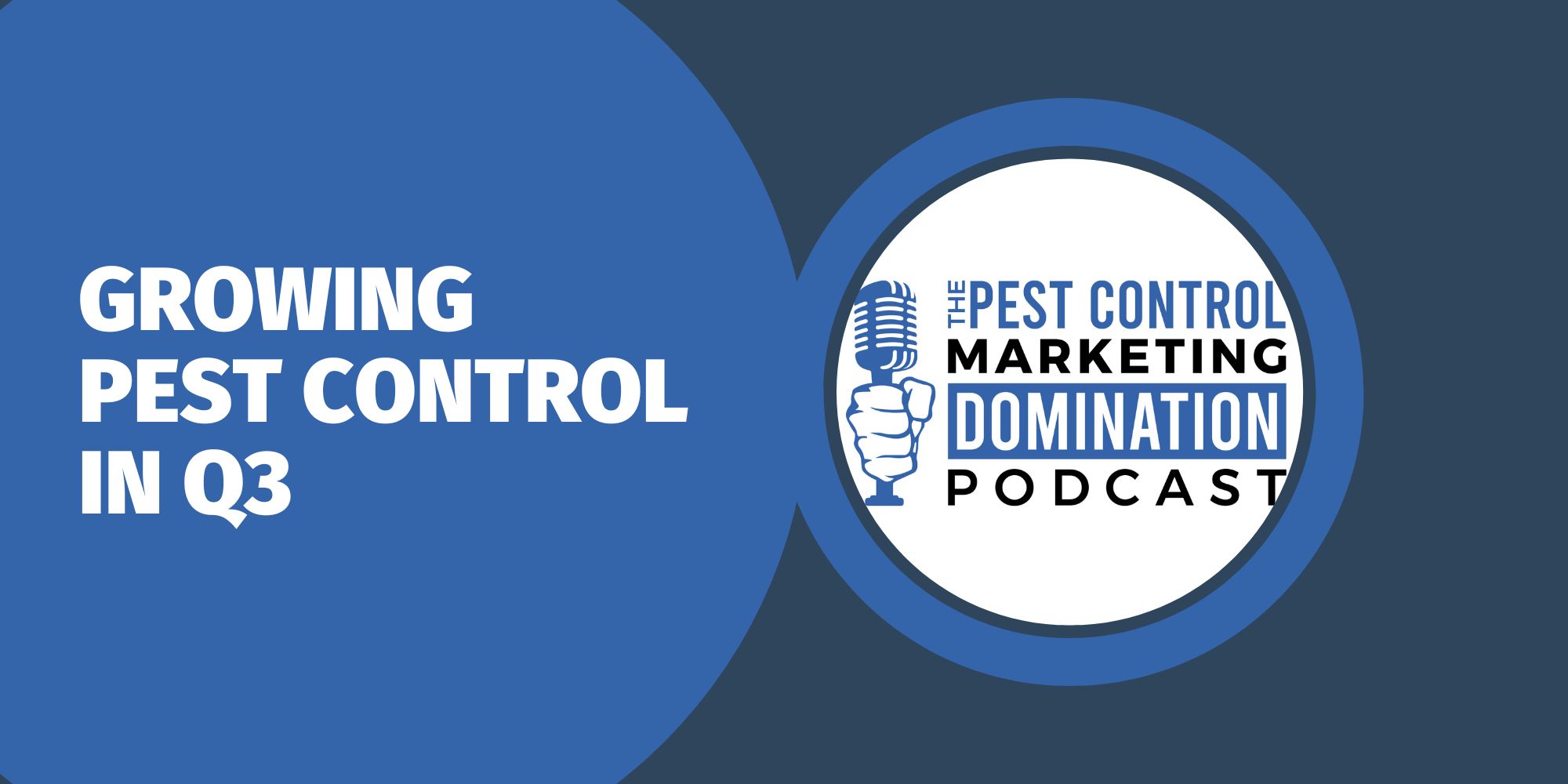Introduction
The pest control industry plays a critical role in safeguarding homes, businesses, and public spaces from the harmful effects of pests. However, providing top-notch pest control services is only one side of the equation. The other crucial aspect is the art of selling these services effectively. Successful pest control sales require a combination of technical knowledge, communication skills, and a customer-centric approach. In this comprehensive guide, we will explore the key strategies and techniques that can help pest control professionals excel in the art of selling their services.
Understanding the Market
Before diving into the sales process, understanding the market and its specific challenges is essential. Researching local pest control needs, industry trends, and competitor offerings is crucial in creating a well-informed sales approach. Factors to consider include common pests in the region, seasonal trends, emerging pest-related issues, and customer pain points.
Building Trust and Credibility
Pest control services involve granting access to customers’ homes or commercial premises, making trust and credibility paramount. Establishing trust starts with professionalism and a clean image. All employees should be properly trained, licensed, and certified in pest control practices. Prominently display credentials and certifications on marketing materials and websites to instill confidence in potential customers.
Testimonials, case studies, and references from satisfied clients also bolster credibility. Providing proof of successful past treatments and positive customer experiences reinforces the message that the company delivers on its promises.
Customer-Centric Approach
Adopting a customer-centric approach is the backbone of successful sales. Listen carefully to customers’ concerns and customize solutions to suit their specific needs. One size does not fit all in pest control, and tailoring treatments to address each customer’s unique circumstances demonstrate a commitment to their well-being.
Additionally, educating customers about the pests in their area, the risks they pose, and the available treatment options empowers them to make informed decisions. Transparency in pricing, the scope of services, and potential outcomes foster trust.
Highlighting Value Propositions
While pricing is an important consideration, focusing solely on the cost of services can be counterproductive. Instead, emphasize the value the customer receives from the pest control services. Highlight benefits such as:
- Health and Safety: Emphasize the potential health risks posed by pests and how professional pest control mitigates these risks.
- Property Protection: Pests can cause significant damage to property, which can be costly to repair. Showcase how pest control services can protect customers’ homes and businesses.
- Peace of Mind: A pest-free environment provides peace of mind and comfort for customers and their families or employees.
- Long-Term Savings: Effective pest control can prevent costly infestations that may require more extensive treatments in the future.
- Eco-Friendly Practices: If your company utilizes eco-friendly pest control methods, highlight the environmental benefits of choosing your services.
Leveraging Technology
Technology can significantly enhance the sales process for pest control services. Implement a customer relationship management (CRM) system to keep track of leads, interactions, and follow-ups. To increase the company’s online visibility, utilize digital marketing strategies, including search engine optimization (SEO) and social media.
Virtual inspections, utilizing video conferencing tools, can provide preliminary assessments and estimates for potential customers, making it more convenient for both parties.
Upselling and Cross-Selling
Once a customer is on board, don’t miss opportunities for upselling and cross-selling. After conducting initial treatments, offer extended service plans or ongoing maintenance contracts to ensure pests do not return. Additionally, suggest complementary services like pest-proofing measures or eco-friendly alternatives.
Sales Training and Development
Investing in the sales team’s training and development is key to continuous improvement. Provide regular workshops and coaching sessions focused on communication skills, product knowledge, objection handling, and negotiation techniques. Encourage the team to share success stories and learn from one another.
Conclusion
The art & science of selling pest control services goes beyond merely pushing products and prices. It involves understanding the market, building trust, adopting a customer-centric approach, and showcasing the value of professional pest control. By leveraging technology, continually improving sales strategies, and emphasizing the importance of trust and credibility, pest control professionals can effectively connect with customers, meet their needs, and build long-lasting relationships. Selling pest control services is not just about closing deals; it’s about creating safe and pest-free environments for those you serve.
For more information, download our free guide below. Just click on the image.










